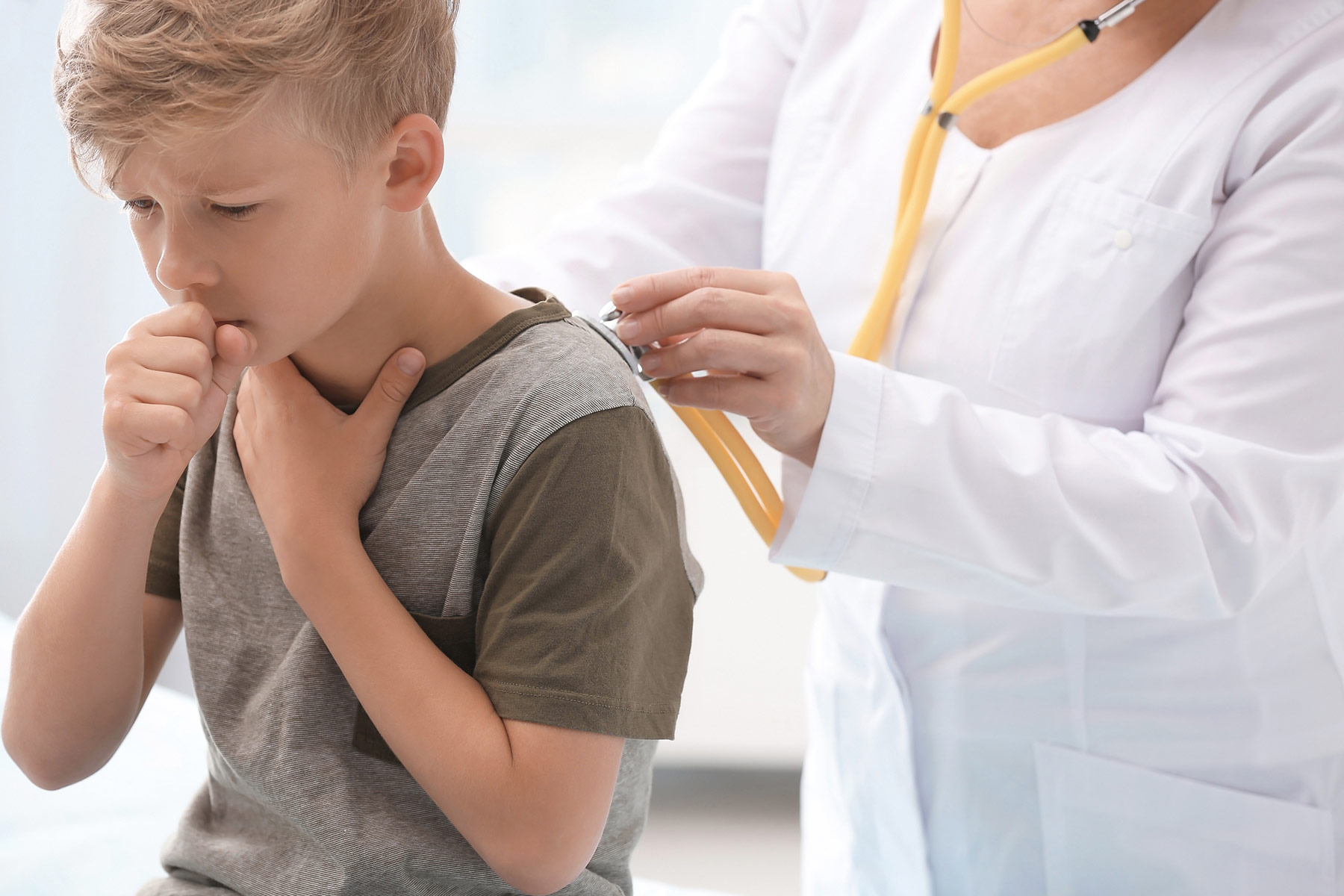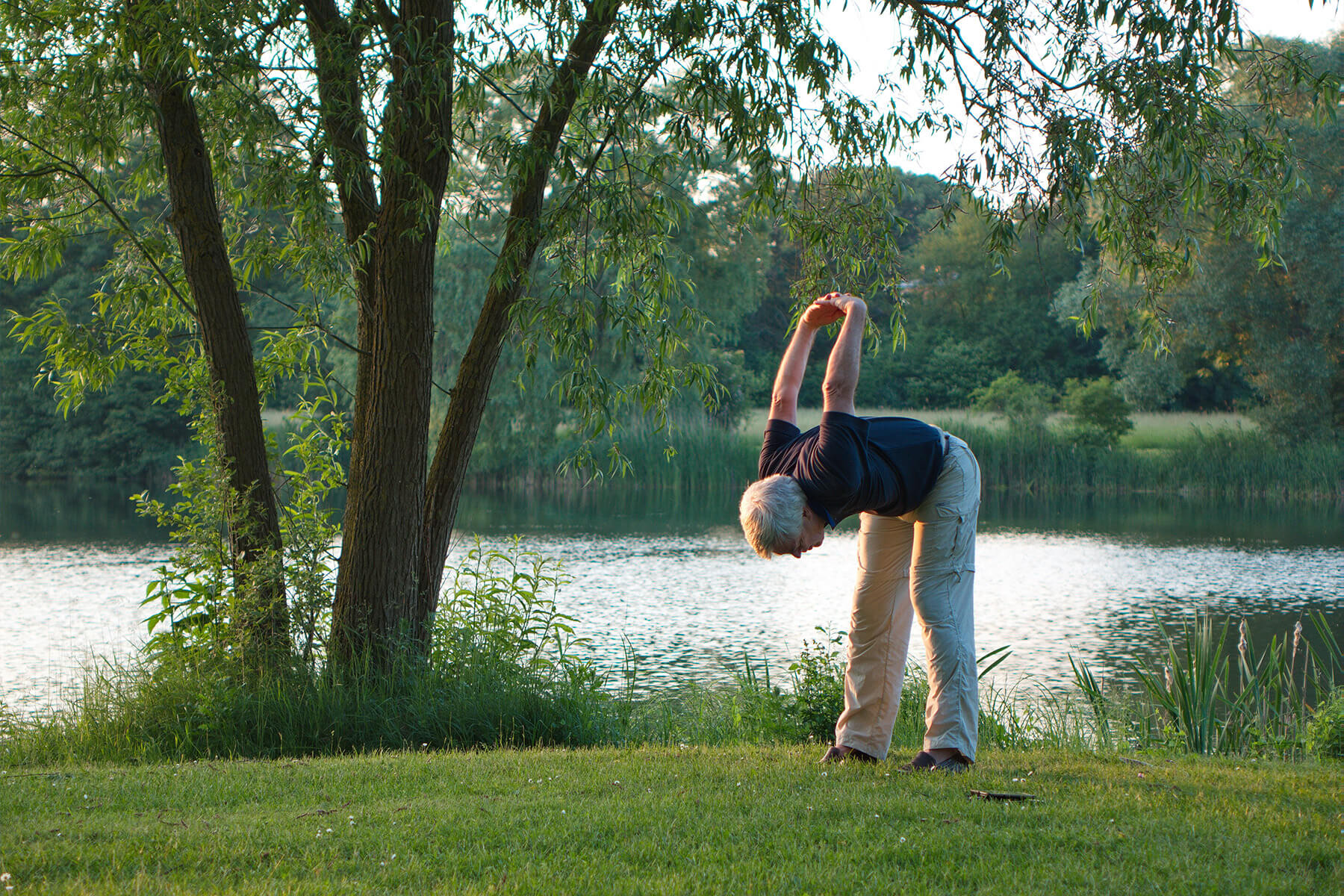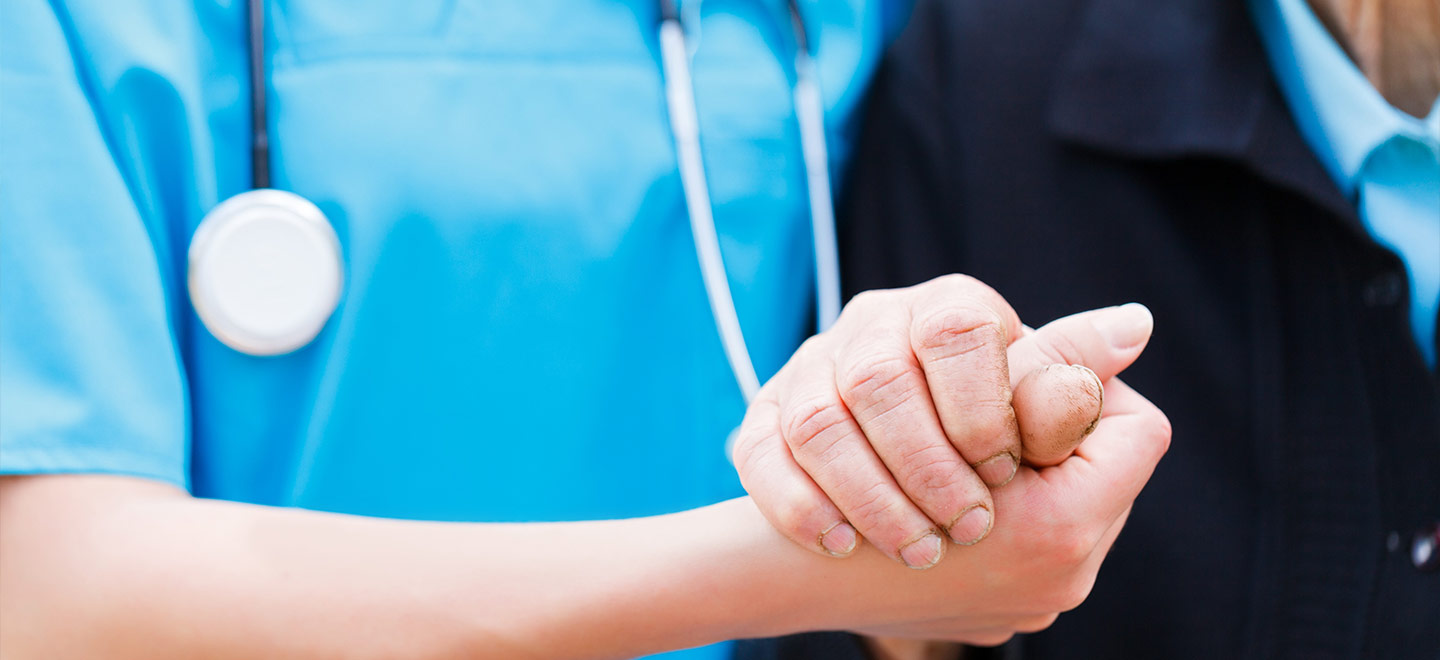In the previous article, we introduced lung rehabilitation for patients with mild COVID-19, while this article focuses on patients with moderate and severe COVID-19.
Inpatients with moderate and severe diseases
Approximately 14% of COVID-19 patients will develop moderate to severe illness requiring hospitalization for aggressive treatment. These people typically experience fever, cough, difficulty breathing, rapid heartbeat, shortness of breath and decreased oxygen saturation. Studies have shown that early rehabilitation interventions for community and interstitial pneumonia within 2 days of admission can reduce in-hospital mortality. The two main goals of rehabilitation at this stage are to promote airway patency and prevent complications associated with acute illness.
About 33.7% of COVID-19 patients produce large amounts of sputum. The incorporation of thoracic physical therapy can effectively help patients discharge airway secretions, enhance mucociliary clearance of upper respiratory secretions, and improve cough effect.
Chest physiotherapy includes:
- Posture drainage: According to the position of the pulmonary lobe where the sputum is blocked, the corresponding posture is performed to drain the sputum from the small airway to the atmospheric airway to facilitate sputum discharge and improve gas exchange.
- Active Respiratory circulation technique (ACBT) : Expand the chest with a deep inhalation and exhale with huffing. Using the strength of your stomach rather than your throat, you open your mouth and exhale quickly to get rid of sputum more easily than coughing blindly.
- Chest blow and vibration: caregivers' hands are cup-shaped or manually pat sputum with a sputum cup, or they can use an electric sputum stick, sputum vest and other devices to vibrate the chest wall of the patient from the outside, which helps loosen the sticky sputum.
- Effective cough: cough is rapid exhalation without glottis closure, and the purpose of controlling cough is to avoid shallow and ineffective laborious cough.
- Flutter breathing: Using a device containing a movable steel ball in a sealed tube, the patient quickly blows air into the tube, which rapidly vibrates the ball and produces a rhythmic airflow while loosening the sputum.

Ventilatory support for conscious patients
Recovery in patients with severe COVID-19 on ventilator support is similar to recovery in patients with respiratory failure caused by other viral pneumonia infections. Intubated patients with a closed respirator line have a lower risk of virus transmission than unintubated patients. However, in the process of disconnecting the ventilator (Weaning), it is still necessary to carefully prevent the transmission of gas and material, and the risk of contact between other personnel and patients should be strictly reduced by using negative pressure isolation wards and other protective devices.
The pulmonary rehabilitation of these patients is as follows:
- Bed exercise and getting out of bed as early as possible: bed rehabilitation is a proven safe method of rehabilitation that preserves muscle function and muscle fibers as much as possible and promotes positive psychological effects. Patients are advised to train at a low resistance level (approximately 0.5 Newton-meters) for 30 minutes per day at a self-selected training rate; Upper limb resistance training can also be done with elastic straps and pulleys. In addition, patients in a more stable condition should be encouraged to get out of bed as early as possible, including sitting on the edge of the bed, moving from bed to chair, standing by the bed, and walking around in the company of others, all of which are good ways to restore lung health.
- Breathing exercises: Inspiratory muscle training can strengthen inspiratory muscles by applying resistance in the process of inspiratory, and can also be used for intubation patients or patients undergoing tracheotomy. Set the training threshold to 50% of the MIP(maximum inspiratory pressure) and recommend five sets of six sessions per day. Finally, thoracic dilation also improves chest wall mobility and thoracic compliance during mechanical ventilation.
- Pleural physical therapy and airway secretion management: combined with posture drainage, pleural slamming, vibration and airway aspiration, the retention of lung secretions can be significantly reduced and oxygenation can be increased. High-frequency chest Wall oscillations (HFCWO), which use percussion vests instead of manual, better facilitate the movement of mucus toward the central airway. The device typically operates at a frequency of 7 to 15 Hz on intubated patients.
Ventilator-supported unconscious patients
5% of COVID-19 patients are critically ill, requiring inpatient intensive care units and ventilator ventilation. The following are recommended strategies for patients in this group who are unable to perform voluntary pulmonary rehabilitation, but can still perform passive exercise with the assistance of medical staff as far as possible and prevent deterioration of their condition:
- For patients with severe ARDS and cognitive impairment, prone ventilation may be performed for 16 hours per day until the patient's oxygenation improves (PaO2/FiO2 ratio≥150 mmHg under PEEP less than 10 cm H2O), with special attention to the risk of pipeline obstruction caused by prone ventilation.
- In the case of oversecretion and ineffective mucus removal, airway clearance techniques are widely used in mechanically ventilated patients, such as chest blows every 4-6 hours, vibration, and postural drainage. Percussion ventilation can also be performed in the lung to help relax sputum.
- Prevention of bedsore: turning over and changing posture for patients regularly is an important key to prevent bedsore. To assist the patient with passive movement of the major joints of the limbs, maintain muscle fibers and prevent joint contracture. Each upper and lower limb joint should be repeated 5-10 times once or twice daily in supine position. And with thoracic dilation to maintain thoracic compliance.
In addition, some severe COVID-19 cases may develop sequelae of hypoxia in the future, and some patients may need long-term home oxygen therapy after physician evaluation to maintain their quality of life.
The above are the classification of the severity of COVID-19 disease and the corresponding precautions for lung rehabilitation. The purpose of lung rehabilitation is nothing more than to improve lung function and reduce lung injury and complications caused by the disease. Patients should return for regular assessment to adjust the lung rehabilitation plan and implement it for a long time. Improve the health and quality of life of patients.

Article source:
- Cheng Y-Y et al., Rehabilitation programs for patients with CoronaVirus Disease 2019: consensus statements of Taiwan Academy of Cardiovascular and Pulmonary Rehabilitation, Journal of the Formosan Medical Association, https://doi.org/10.1016/j.jfma.2020.08.015
Reference:
- World Health Organization. Living guidance for clinical management of COVID-19. Available from:
- World Health Organization. Support for rehabilitation self-management after COVID-19-related illness (2020).
- World Health Organization. Home care for patients with suspected or confirmed COVID-19 and management of their contacts.



